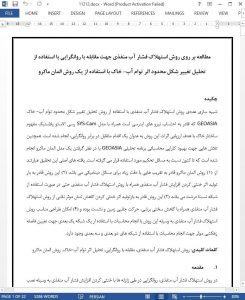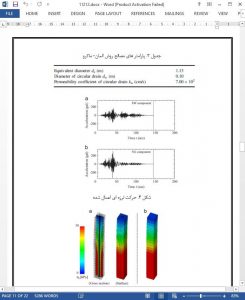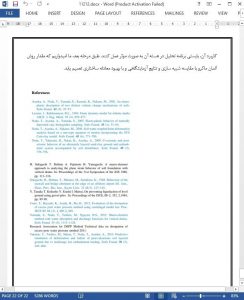Abstract
A numerical simulation of the pore water pressure dissipation method was performed using the GEOASIA soil–water coupled finite deformation analysis code, which is capable of accounting for inertial forces, together with the elasto-plastic constitutive SYS Cam-clay model based on the soil skeleton structure concept, with the goal of quantitatively assessing the effects of this method as a countermeasure to liquefaction. At the same time, an effort was made to improve/enhance the calculation efficiency of the GEOASIA analysis code by incorporating a macro-element method, which up to this point has only been applied to consolidation problems. The main findings of this study are as follows: (1) the macro-element method is capable of yielding highly accurate approximations even for dynamic problems, (2) the method is capable of reproducing the suppression effect of the increase in pore water pressure associated with the pore water pressure dissipation method, even when a relatively coarse mesh is used, (3) the method is capable of reproducing the suppression effect of the decrease in effective stress due to the pore water pressure dissipation method, along with the resulting reduction in shear stiffness, lateral ground movement, and settlement and (4) it is possible to efficiently design the pore water pressure dissipation method with this method by first performing calculations using a 1-D mesh to determine the effective drain spacing prior to performing calculations using 2-D or 3-D meshes.
1. Introduction
In the pore water pressure dissipation method, liquefaction during earthquakes is inhibited by suppressing the increase in pore water pressure by means of the installation of vertical drains. The trade-off for this method is that some degree of ground surface settlement due to compaction must be allowed for. Accordingly, in addition to the question of whether or not the method can be used to prevent liquefaction, it is important to be able to predict the degree of deformation that will occur as a result of ground compaction. The primary objective of this study is to employ a soil–water coupled analysis to quantitatively predict the effects, including the degree of ground deformation, of the pore water pressure dissipation method as a countermeasure to liquefaction.
5. Conclusion
In this study, a simulation of the pore water pressure dissipation method was conducted by incorporating a macroelement method, which had previously only been applied to quasi-static problems, to the GEOASIA soil–water finite deformation analysis code together with the elasto-plastic constitutive SYS Cam-clay model based on the soil skeleton structure concept. The main findings are as follows:
1. The macro-element method is capable of yielding highly accurate approximations even for dynamic problems.
2. The macro-element method enables the effect of the suppression of the increase in pore water pressure, associated with the pore water dissipation method, to be reproduced even when a relatively coarse mesh is used.











